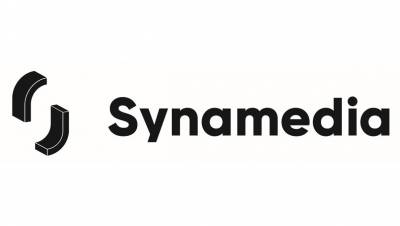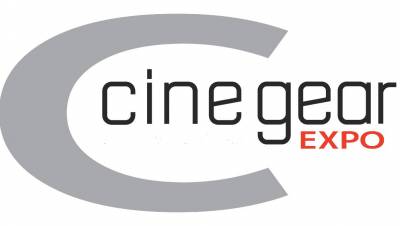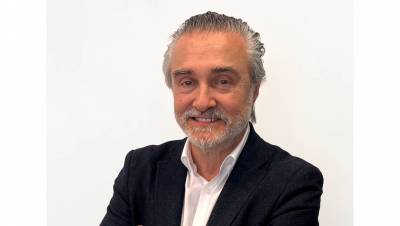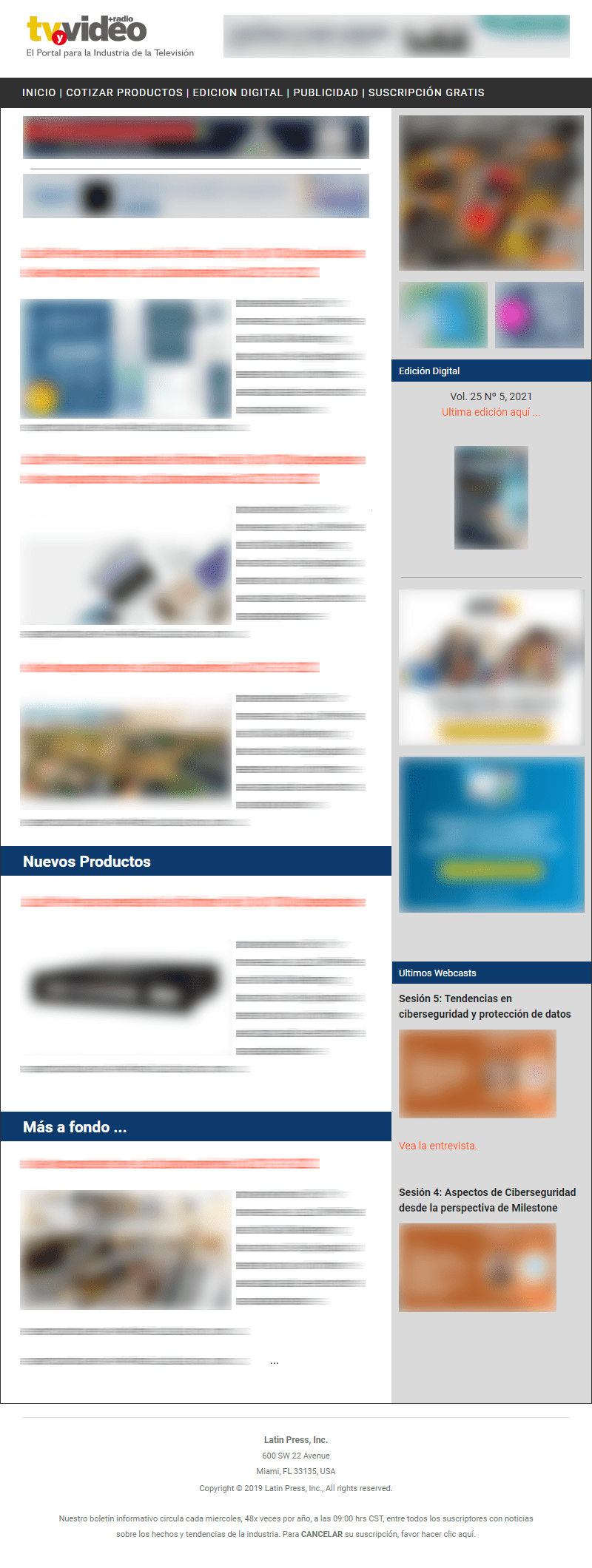According to Argentine legislation, the one thousand two hundred cable television operators that operate in the country are a complementary service to open television. The qualifier of complementary dates back to the seventies, the time of the beginning of cable television in this country, when it took the signals from open television and distributed it among its subscribers, complemented by open television.
The lack of authorization in the interior of the country, for the operation of repeaters or large Networks – known in open television in other countries – made cable television the only way to access television. That was what drove its development in some cities in the interior, because even cities with five hundred inhabitants currently have cable service.
However, with the passage of time the qualifier of complementary service was excessive, when comparing this number of channels and their advanced technology, against the fifty existing open television, or television transmitted by electromagnetic waves, without links or decoding systems.
Since 1984, the year in which the law suspended the allocation of open radio and television frequencies and kept cable television as a complementary service – without any restriction – anyone can apply to the Federal Broadcasting Committee (COMFER), a license to operate and make the corresponding laying of cables, for a channel of these characteristics.
In Argentina, licenses to operate cable television are granted according to geographical or political limits (parties, municipalities, provinces, departments). It is necessary to ask for two licenses, one for the laying of cables, and another for transmission.
In search of new technology
Investors and consolidated groups in the media saw the legislative situation as the opportunity to make followers among the public through an information and entertainment system that offered no legal obstacles. In the eighties, all Argentine broadcasters were operating with analog signals with an occupancy of 18 megahertz in bandwidth, while in Europe, or the United States, they usually work with 36 megahertz. The lack of greater satellite capacity created the need to digitize the analog signals with which we work.
Engineer Jorge Alvarez, director of Keytech S.A., a company specialized in satellite communications with digital technology, comments that in 1985, the expansion of the cable television market and the saturation of satellite signal emissions, (without the possibility of additional satellite capacity), it required new satellites that would raise the cost of service, or a new technology, such as digital comprehension. The latter allows multiplying the ability to transmit analog or digital signals on the same channel. In this way, some television channels went from one analog signal, to three, in the same space.
Digital comprehension technology is novel in time, but not in its application. In Argentina, of all the signals that are generated, more than 90% are signals with the use of digital comprehension. Of all the 88 signals that reach the country, 85% are received through digital comprehension systems.
In the Argentine market there are only two analogous signals. One is that of the national channel Argentina Televisión a Color ATC, which for reasons of diffusion, is not interested in the signal being encoded and has remained with its segment and analog technology and the other is of the Crónica TV channel that by strategy began with analog technology and then codified it when it already it had secured almost 60% of the Argentine cable.
The rapid growth of the market demanded more specialized methods such as the digital comprehension service, beyond the sale of the equipment and, the linkup service, or uploading the signal to the satellites to which Argentina has access.
Satellites that "illuminate" Argentina
Intelsat 307. Intelsat 332.5. Pas I. The Nahuelt. Occasionally the ISPASAT can be used, to carry signals to the European continent and the global INTELSAT that are used for different services. All of them with permanent signs 24 hours a day.
The Argentine public
The Argentine viewer is a very different audience from the rest of Latin American countries. The first characteristic that distinguishes it is its particular population concentration, since of thirty-two and a half billion inhabitants, more than 40 percent live in the Capital -Buenos Aires- and its surroundings - greater Buenos Aires. This means that the largest production of television and cable channels is directed and designed for the city.
A second distinction is the Argentine "night" customs. While for other countries, the time of most audience can be the slot between 7 and 10 at night, in the southern nation this slot moves to the schedule from 9 to 12 or 1 in the morning.
Argentines, especially the "porteños", or inhabitants of the capital go to restaurants, cinemas and shows throughout the night and early morning. Therefore, schedules are adjusted to these behaviors.
Trends in programming
A very marked trend within the Argentine television programming market are contests, which are directed by actors or stars considered physically attractive or with great charisma among the public. To the prize draw within the participants and viewers are added different events within the same program that as a variety involves people of all ages, as well as the family nucleus in full.
HOLA SUSANA, for example, is a contest program of the TELEFE channel that can be named as a true television phenomenon, because the sustained audience index puts it in one of the first places of audience. It has even been sold to one of the most important channels in Miami for dissemination in North America. Francisco Carrera, marketing manager of TELEFE, attributes its success to the fact that it is a well-structured program aimed at the whole family, united with the charismatic personality of the presenter Susana Jiménez. "People often call the program, to talk to Susana, without caring much about the contest or the prizes," says Carrera.
Such an atmosphere of "personalized" programs, in which the viewer feels that they are talking and showing things only to him, is a constant of the different national programmers, which are struggling to put their contest programs directed by stars or similar characters and their comedies, on a first level.
For the marketing manager of TELEFE, the future of the channel is to maintain quality, preserving the tune and growing at the same time as the needs or requirements of the public.
What about soap operas?
Curiously, in Argentina novels are below comedy and movies, in popularity. These types of programs are known thanks to the fact that they are transmitted mainly by the open television channels that operate in the capital and its surroundings. Currently these channels provide their services through satellite to the interior, so that the novels arrive with greater impact to the provincial capitals.
As explained by Alejandro Harrison, Manager of international operations of MULTICANAL, Argentines prefer among all the programs, those of football, and then the films will follow.
Competition in the cable market
If you can talk about a real competition in the cable television market, it was among the operating companies in terms of quantity: who offered more channels. In the case of CABLEVISION, the company imposed the modality of offering 65 channels in a single package to its subscribers. "But today," says Alejandro Harrison, manager of international operations, "we are reaching the point where quantity is not the main argument or competitive advantage, but other factors such as quality and customer service. The subscriber has already stopped paying so much attention to the quality of his signal, but he is interested in the quality of the service of the person who is selling the product, as well as the attention to claims, installation time, home service, etc. It is logical that the quality of the signal matters, but other priorities are emerging that capture the interest of the subscriber, "adds Harrison.
The need for differential programming packages is a new twist that is being sought in cable television. The competitive framework has regulated the rate for a basic package (US$30), so it would be difficult to expect an increase in rates due to the increase in some signals. So the new cable market should look for differentiated packages and programs, such as adult channels or streaming special events.
"The process of concentration is a reality," Harrison said. Expansion is everyone's goal, but there comes a time when existing licenses or operations do not have the potential or economic volume to justify a centralized operation. There will always be a swath of independent operators, who have partnered in a cooperative to buy material, programming, and so on."
Brazil: an interesting neighbor
For the vast majority of television producers, whether free or cable, from Argentina, Brazil is in the crosshairs of their purposes, I have even many have offices in the neighboring country for several years, "waiting for the sleeping giant to wake up". However, it was only until the beginning of this year that the corresponding regulations for the use and installation of cable television in Brazil began to be issued. For many, this is in a country with a good potential for exploitation – in terms of the expansion of cable – but the scope of its open television cannot be ignored, which would clearly hinder the business for Argentine entrepreneurs.
























Leave your comment